Why Active Recovery Is the Foundation of Performance
Introduction
In the world of sports performance and physical rehabilitation, recovery is often overshadowed by intensity. Yet, it’s during recovery that true adaptation and healing occur. Active recovery – intentional, low-intensity movement – bridges the gap between full rest and intense training. At Body Mechanics, we see active recovery not as an option, but as a core strategy for sustainable performance.
What Is Active Recovery?
Active recovery involves low-impact movement on rest days or after intense sessions. It can include walking, gentle cycling, yoga, light swimming, or guided mobility sessions. Unlike passive rest, active recovery stimulates circulation, improves lymphatic drainage, and supports mental clarity.
Scientific Backing
Research supports the physiological benefits of active recovery. Tschakert and Hofmann (2013) found that low-intensity exercise promotes faster lactate removal, leading to reduced muscle soreness and improved readiness for subsequent training. Neurologically, low-stress movement also engages the parasympathetic nervous system, helping athletes exit 'fight-or-flight' states more efficiently.
Active Recovery at Body Mechanics
Our facility is built around integrated performance care. Clients use the sauna and ice bath to support circulatory recovery, combine them with mobility flows and breathing sessions, and receive personalised coaching to guide their recovery routines. Coaches track progress, assess response, and adjust protocols based on individual needs.
When to Use Active Recovery
It’s particularly effective post-competition, following high-volume strength or endurance work, or during stressful life phases. Recovery is not just physical – it's emotional and neurological. We help clients integrate movement that calms the system, not just restores the muscles.
Common Misconceptions
Active recovery is not 'wasting a workout'. It’s an intelligent, proactive way to extend longevity, reduce burnout, and enhance mobility. We often see clients improve performance simply by improving their recovery discipline.
Conclusion
Active recovery is one of the most underused tools in both athletic development and rehabilitation. Whether you're a competitive athlete, a weekend warrior, or recovering from injury, incorporating active recovery into your routine can dramatically improve how you feel, move, and perform.
References
Tschakert, G., & Hofmann, P. (2013). High-intensity intermittent exercise: Methodological and physiological aspects. International Journal of Sports Physiology and Performance, 8(6), 600–610.
Huberman, A. (2023). The Science of Recovery. Huberman Lab Podcast, Episode 79.
